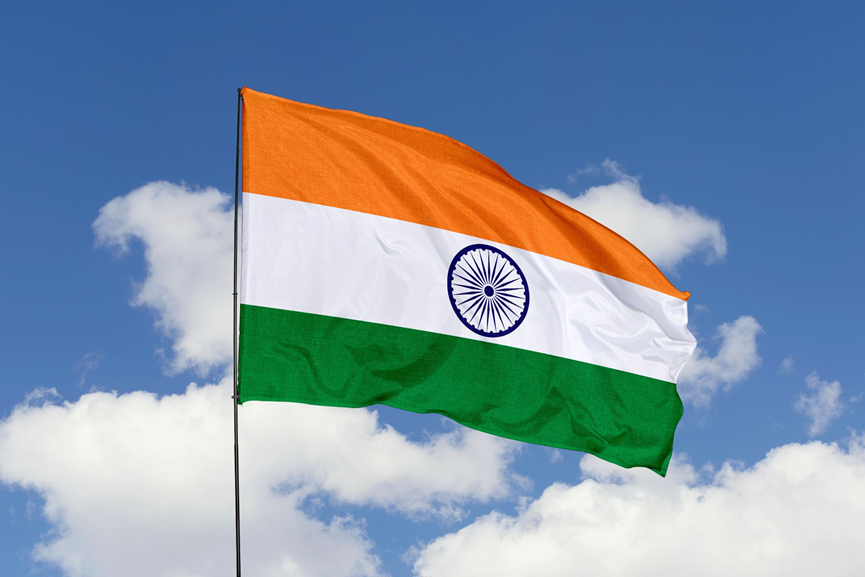The Stainless Steel Industry's "Most Severe Challenge" Is Not Market Trends, But Global Restrictions
- w87105850
- 29 minutes ago
- 3 min read

According to foreign media reports on November 3, 2025, the most severe challenge currently facing the stainless steel industry may no longer be short-term price fluctuations, but rather increasingly stringent global trade restrictions driven by geopolitics.
This view became a general consensus among industry leaders at the Bureau of Recycling International (BIR) World Recycling Conference held in Bangkok, Thailand, from October 27-28, 2025. Experts at the conference pointed out that regionalization, export restrictions, and rising protectionism are pushing the stainless steel and specialty alloys industry into a more complex and fragmented global trade environment.
1. Global Trade Headwinds, Protectionism Becomes the New Normal
The core issue discussed at the conference focused on the "shift from globalization to regionalization." The chief economist of the US-based ReMA Group stated at the conference that the global trade environment is unlikely to be optimistic in the medium term.
She pointed out that the gap in policymakers' understanding of recycled materials versus primary resources is exacerbating market distortions. New export licensing regulations and "domestic first" policies could distort the market, and the cascading repercussions triggered by trade restrictions could ultimately create a fragmented market that benefits no one.
2. Market Divergence, US Remains Unaffected
The CEO of HSKU Raw Material Ltd., a stainless steel scrap processor from Taiwan, shared a regional perspective.
He pointed out that demand in the Chinese mainland market remains weak amid current tariff tensions. While India's stainless steel industry has significant growth potential, its exports also face tariff barriers from markets like the US. In contrast, the US market is performing well, supported by import tariffs as high as 50% and stable domestic demand, with its smelting capacity utilization exceeding 80%.
This trend is expected to intensify. The Managing Director of Cronimet, a Singapore-based company, discussed the so-called "Trump effect," believing that the policy impact of the former US president has not yet fully materialized. He anticipates a decrease in US scrap exports, with more resources being absorbed domestically, leading to a short-term tightening of scrap supply for Asian buyers.
3. India and Europe: Actively Responding to Change
Faced with the receding tide of globalization and the rise of regionalization, countries are actively seeking solutions.
The CEO of BigMint explained that the Indian government is taking measures to protect its domestic stainless steel production. Due to limited domestic scrap resources, Indian steel mills are turning to nickel pig iron (NPI) as an alternative raw material. To ensure supply chain security, Jindal, India's largest stainless steel producer, has invested in building a NPI plant in Indonesia.
In Europe, the Carbon Border Adjustment Mechanism (CBAM), scheduled for full implementation in 2026, will become a new global trade variable. The CEO of Xinggu believes that this mechanism will benefit Europe's domestic stainless steel and scrap recycling industries in the long run, promoting green transformation. However, he also cautioned that administrative and regulatory uncertainties are inevitable during the policy transition period.
Summary: The discussions at the BIR Bangkok conference clearly indicate that the stainless steel industry has entered a new era driven by policy rather than purely market forces.
While short-term market fluctuations warrant attention, the key to the long-term development of businesses and the entire industry lies in addressing deeper structural challenges such as trade protectionism, carbon barriers, and supply chain regionalization.
Industry participants need to reassess and restructure their global strategies with a forward-looking perspective to build resilience in a new environment fraught with uncertainty.




Comments